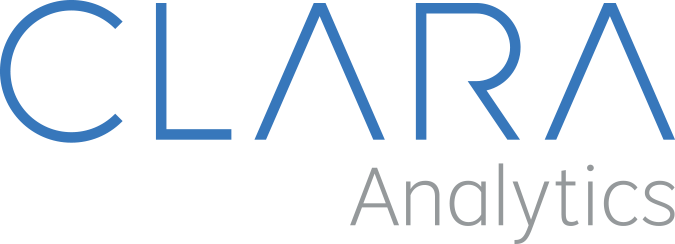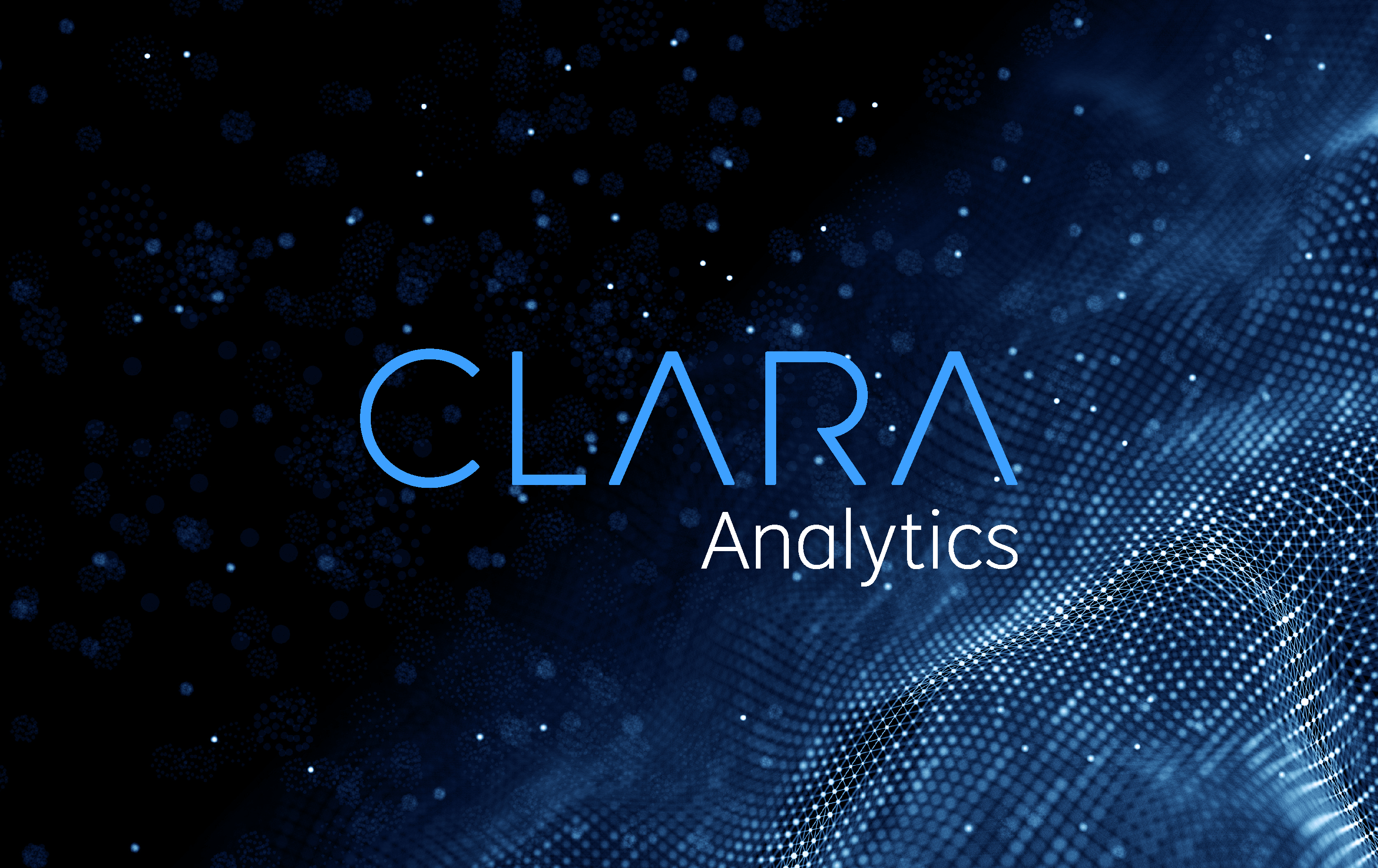Making AI Real for Commercial Insurance
The commercial insurance industry is in an early and exciting stage of adopting artificial intelligence (AI). With widespread acceptance, AI is slated to provide a large source of value and a key driver of competitive advantage going forward. However, there is confusion about what it means and how it will impact the bottom line.
Certainly, futuristic perspectives of AI — with human-like robots — have been instigated by Hollywood films. However, to push the dialogue into meaningful territory and truly consider how AI can benefit insurance, we must first remove the shroud of mystery that exists around it.
What Is AI?
Simply put, AI is an intelligent computer program that strives to work much like a human does. As such, it’s usually defined by two main characteristics:
- Ability to interact in a natural, human-like way.AI solutions (as opposed to traditional software solutions) strive to interact with users in similar ways that humans do. One new and increasingly popular mode of interaction is through voice commands. A user might ask Alexa to turn on the lights in a room or instruct Siri to call “mom.” The same technology can be used to transcribe conversations with claimants and perceive the sentiment therein.
Free text is another form of interaction, where users don’t need to provide precise data to get a system to react. For instance, claim notes entered by adjusters have been traditionally difficult to process, yet they are a gold mine of insights for AI-based systems.
Images serve as another source of input. An AI system could use a picture of a car after a collision to assess the level of damage much faster and easier.
- Aptitude to Learn.Whereas traditional software has to be highly defined and programmed, an AI-based insurance solution can be given a few parameters and learn on its own. AI is still quite far from being able to think as efficiently as human beings, but these learning machines are improving by leaps and bounds every day. Increasingly sophisticated capabilities in this area are important since data is ever-changing and noisy, particularly in commercial insurance data.
With interactive and learning faculties, AI is evolving to exhibit the “smarts” we need to improve profitability in insurance. Executives should consider how and where to deploy AI in order to maximize the financial upside. It’s important for executives to realize that AI is fundamentally very different from the typical business intelligence (BI) approaches of the past. The BI infrastructure (i.e., data warehouses, reports) that most organizations have is a great foundation, but it does not have the agility and self-learning capabilities offered in the new wave of AI-based solutions.
Why Does It Matter?
The reason insurers are taking the time to consider AI investments is that these systems are increasingly showing the potential to dramatically impact their bottom line. There’s little doubt in a CEO’s minds that AI will redefine the competitive landscape in the years to come. Those with a strategic approach will thrive. Here are a few examples of how AI is being applied to enhance profitability:
Identifying the best doctors to provide care to injured workers. In workers’ compensation, selecting the right doctor — particularly on a complex claim like a spinal injury — can have a dramatic impact on claims costs and outcomes. AI can analyze and rank providers into tiers based on a variety of performance measures, such as claims duration, medical expenses and return-to-work results, better than ever before. A low-ranked physician can potentially drive claims costs five to 10 times higher than a high-ranked doctor. The cost differential speaks to the quality of the provider and the treatment approach used.
High-ranked doctors typically take a holistic approach to care. They consider all aspects of the injured worker’s health that affect recovery, including comorbidities such as high blood pressure or diabetes. These doctors are usually aggressive in getting injured workers the care they need to recover and return to work. Many have a long history in the occupational health setting, so they understand that being able to return an employee to work — even in a modified capacity — can play a key role in the healing process.
Low-ranked doctors, on the other hand, often inexplicably drive up the number of office visits. They may unnecessarily prescribe opioids and other drugs. In essence, AI detects a trend of over-treatment rather than a focus on getting injured workers back on the job.
The insurance industry previously relied on a traditional statistical approach to select physicians, but those models required a significant number of claims per doctor to yield a meaningful assessment. Today, AI can assess a doctor with just a few claims as it can delve deeper, using unstructured data such as notes and descriptions. As such, AI is highly efficient in its analysis.
Improving litigation trends. AI can also help to reduce litigation costs significantly. This is an expense that affects all lines of insurance, but in workers’ compensation, litigation rates are particularly high, and in many cases, it’s unnecessary. So, attacking this trend can be a significant source of savings.
AI can identify early on which claimants are likely to seek legal representation. By employing proactive communication and management on these cases, insurers can avoid litigation. When attorneys must be involved, AI can help identify the best lawyer to represent the case, similar to its ability to determine the best physician. It makes attorney recommendations based on many factors, including type of case, jurisdiction and judge. AI can also indicate whether it’s best to settle, and if so, for what amount.
Avoiding costly, unnecessary surgical procedures. AI can also help to identify claims that may be on a treatment track to surgery. By detecting this risk early, case managers can seek a more proactive approach to care and possibly avoid the need for such an expensive, invasive procedure. This would yield savings, while also avoiding other potential medical complications that could be costly and, ultimately, impact quality of life for the injured worker.
Aggressively managing auto claims with a potential to explode.Other lines of insurance also have a burning need for AI. For example, due to competitive pressures driving down premiums, auto insurers are experiencing tight profit margins, and AI can help hold down costs. One way is by identifying claims with a high likelihood of exploding in terms of expenses. This might be due to a number of factors, including the type of injury and vehicle damage. By having this early warning, examiners can pay closer attention to these cases and aggressively manage them in the hopes of having them stay on track.
AI: Smart Enough to Prove Its Own Value
Many insurers are hesitant to invest in AI without proof that these theoretically smart systems will yield real-world returns. A mature AI vendor will have the foresight to develop a team within its organization that’s dedicated to value analytics. This team — made up of data scientists and actuarial experts — will use the company’s own AI solution to run a simulation that can quantify potential savings the solution could provide.
This capability is crucial, as insurers don’t want to wait three or four years to realize a return. The value analytics team will take an insurer’s historical data and run the simulation. It might conclude that if the insurer had implemented this AI solution two years ago, it could have saved a certain amount — such as 5 to 10 percent — on claims costs. This percentage of savings might be based on a specific action, such as transitioning injured workers from low-ranked providers to high-ranked providers — or doing the same for attorneys. Or, the savings might encompass claims that could have avoided certain scenarios, such as surgery or litigation.
Once the AI solution is deployed against live data, the models continue to run every month (or quarter) based on a pre-defined set of performance metrics. Every month (or quarter), the calculations become more accurate, moving from a rough estimate to a tighter range and eventually to a precise calculation of savings achieved.
Traditional models were challenged by the fact that claims are long-term transactions that can take as much as 18 to 24 months to close, but AI — with its machine learning — is able to handle this complexity with a high degree of accuracy.
A Holistic Approach, Not a Silver Bullet
In folklore, it’s the silver bullet that kills the wolf. This bullet has come to signify a simple solution that magically resolves an insurmountable problem. However, an important part of making AI real is understanding that while it is powerful, it’s no silver bullet.
At the end of the day, AI is most effective when it’s part of a holistic approach. All the pieces of the puzzle must be put in place. At a high level, these pieces include the AI technology itself, operational tweaks, and metrics to gauge results. Impact follows when all these components work in harmony. When these conditions are there, we’ll begin to see the needle move on costs and outcomes. For example, insurers can use AI insights to create new, more efficient workflows; they can facilitate more effective hiring and training practices that enable human resources to apply their expertise at precisely the right moment in the claims process. It’s iterative, with machine learning driving change in a continuous cycle.
Although immediate savings can be achieved, an enduring competitive advantage can only be realized when the application of AI is seen as a journey. It requires ongoing effort and investment. Strategic players understand it can take a few years of making ongoing improvements to truly redefine their cost structure, customer experience, and position in the market. The organizations that start early on the AI path with an iterative mindset will be well equipped to succeed in the future. We’re looking forward to an exciting decade ahead.




